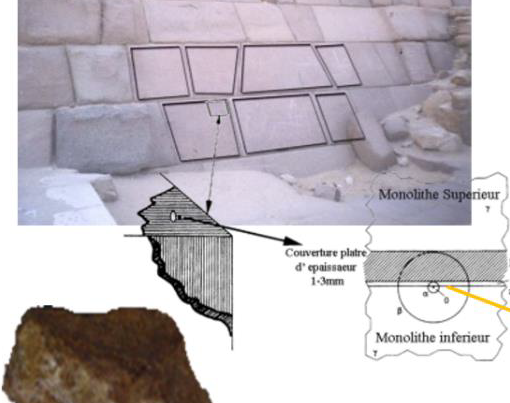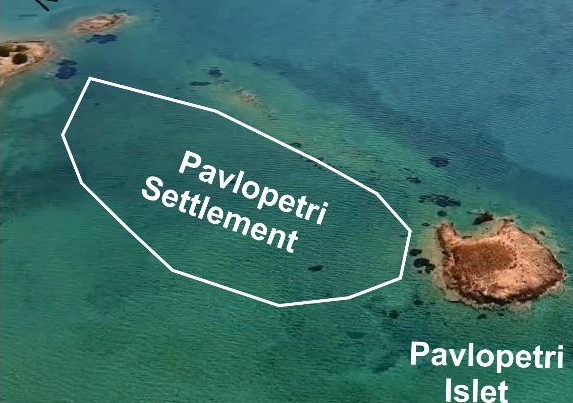by Shaimaa Sayed Mohamed El-Sayed and Abdel Rahim Youssef Maky
ABSTRACT
This research aims to shed light on an experimental study to evaluate acrylic, silicone materials and nano additives used to consolidate the sandstone with an application to a statue in Sphinxes Avenue at Luxor, Egypt. Samples of sandstone were taken from one of the statues of Sphinxes Avenue to determine their com-ponents and current status by X-Ray Diffraction analysis (XRD), scanning electron microscope’s examination (SEM) and EDAX elemental analysis to choose the standard sample which should be very close to the sand-stone of the statue. Six materials were selected to the experimental study; two of them belong to acrylic group (Addicon and Paraloid B72), Kemtekt and Wacker (OH 100) which are silicone materials, Nano silica which is an additive material to Paraloid B72 and Wacker (OH 100). The selection of the best material by the evaluation of visual examination, measuring physical properties such as density, porosity and water absorption as well as mechanical properties (compressive strength) of standard and treated samples in addition to examination by scanning electron microscope (SEM). The treated samples were subjected to artificial aging (thermal and salt weathering) and the results were also evaluated by previous methods before weathering, the best consolidation material is Wacker (OH 100)+ Nano silica which achieved the best results comparing to the other materials in physical and mechanical properties and scanning electron microscope ‘s examination. It’s found that high temperatures have good effect on some hydrophobic materials like Siloxanes which make them Superhydrophobic, also nanoparticles improve the performance of some consolidation materials like Wacker (OH 100) and Paraloid B72.
![]()



